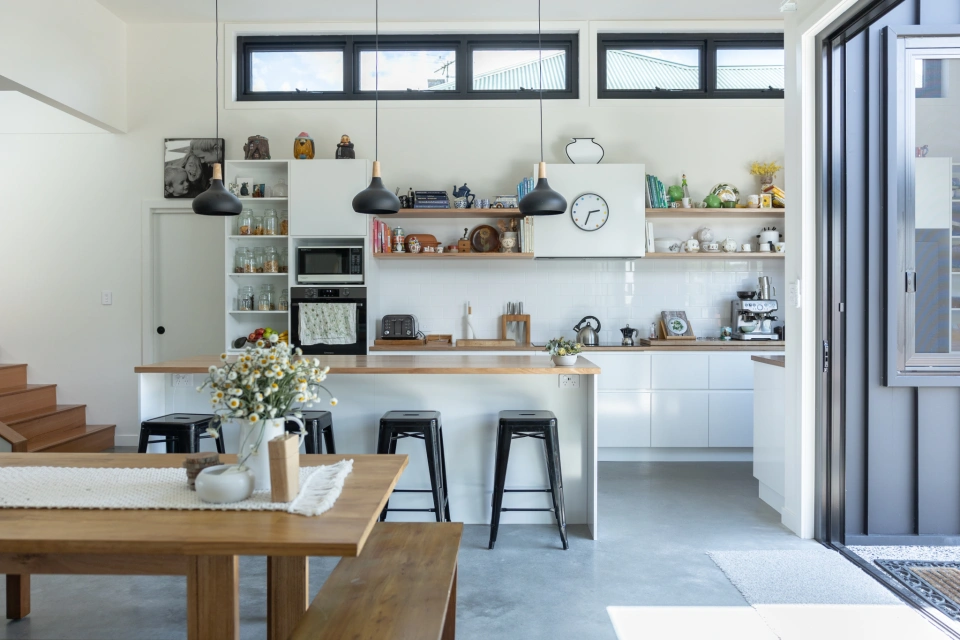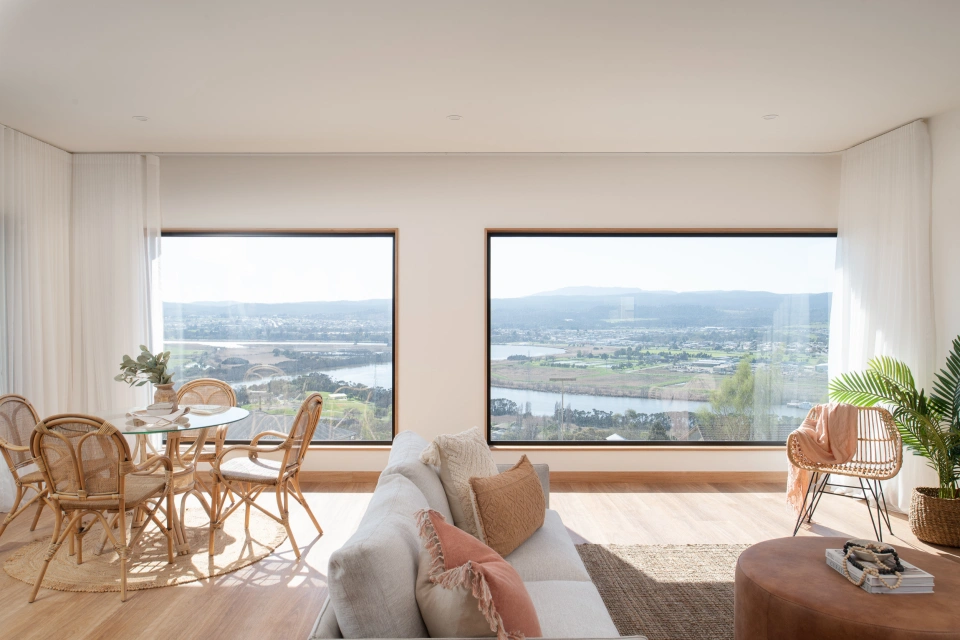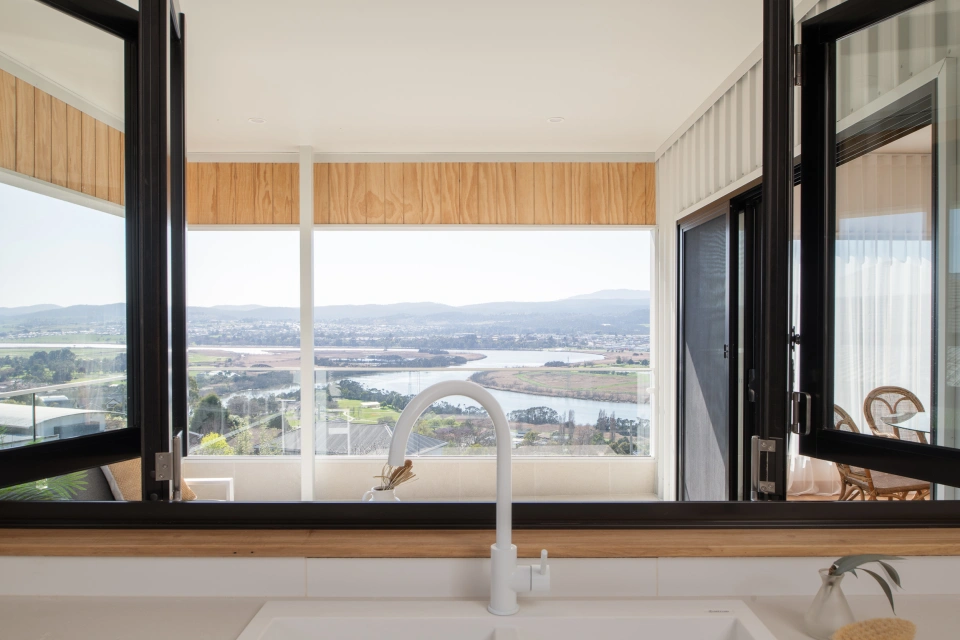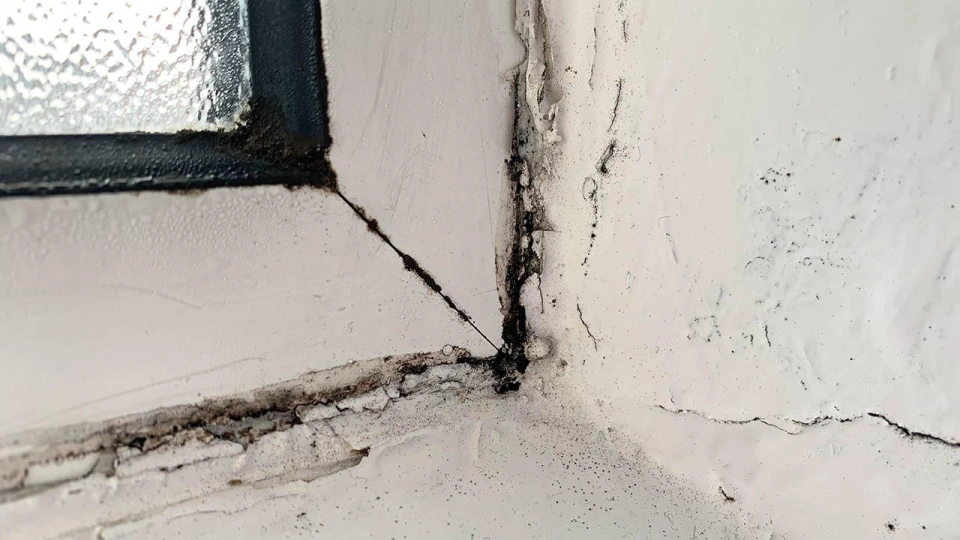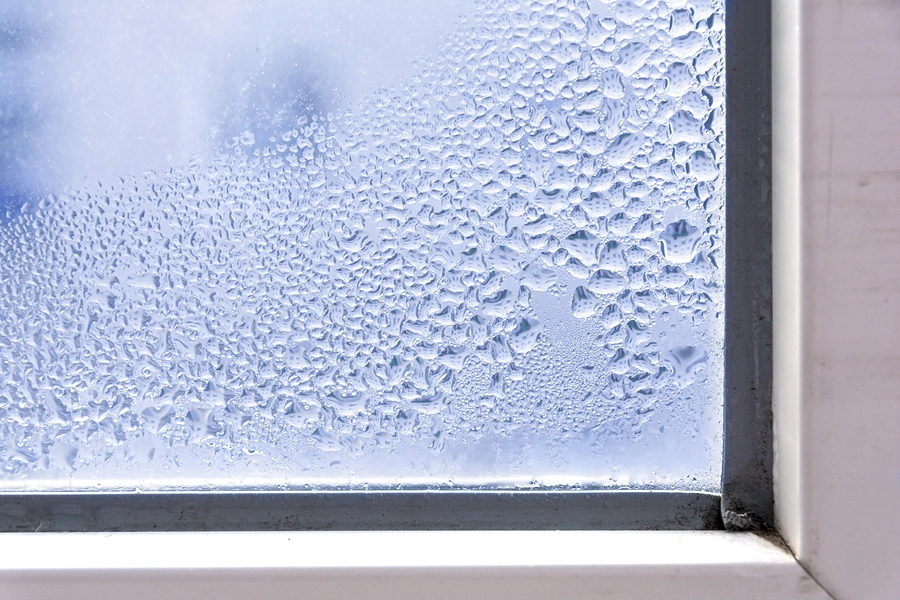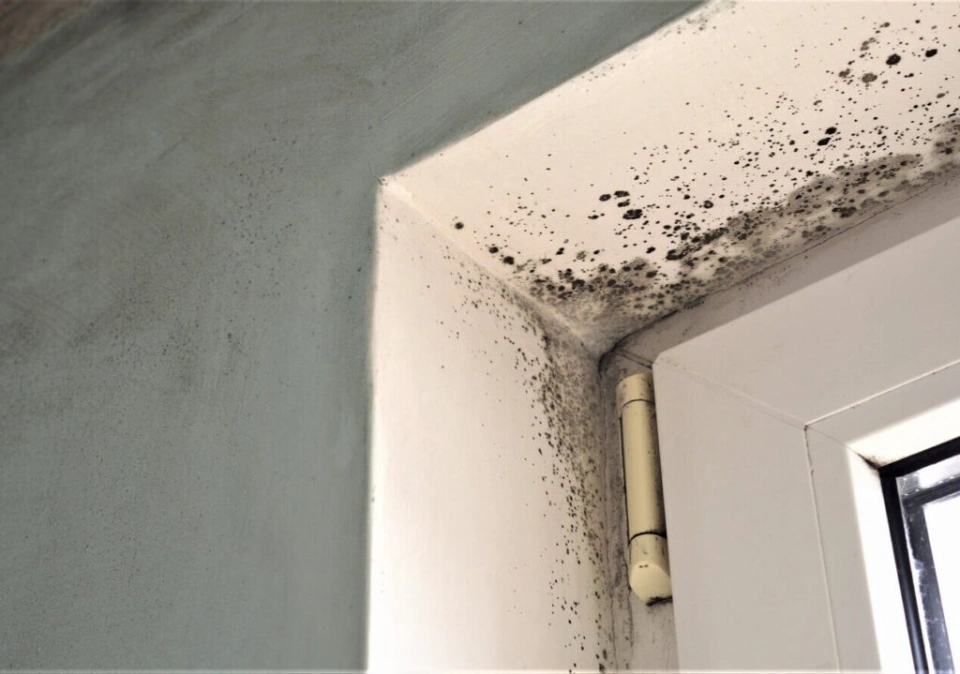blog
Condensation and Mould
5 min read
05th April 2024
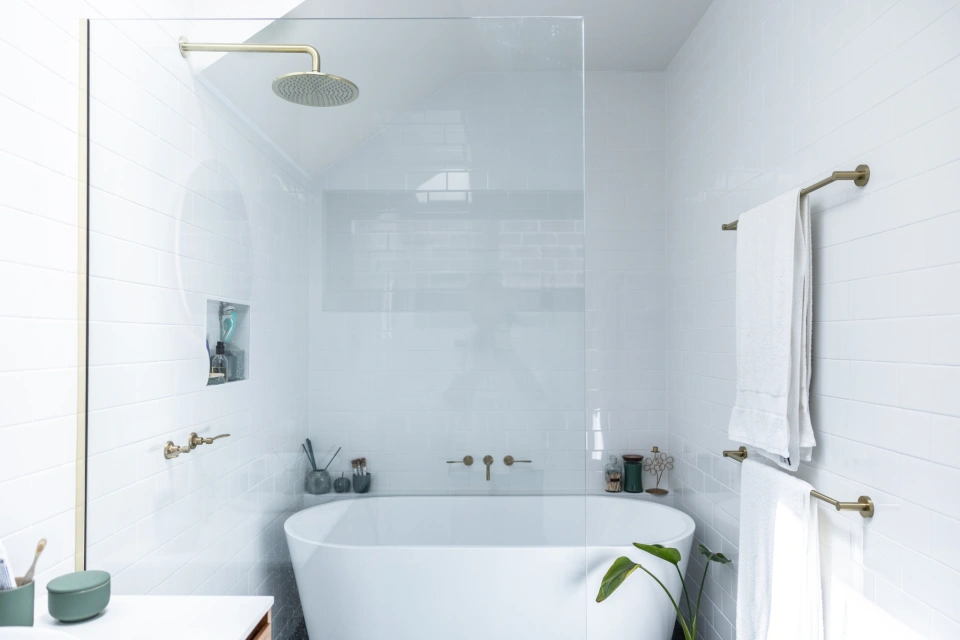
If there’s one thing that winter’s good at, it is highlighting issues of condensation build-up and mould growth in your home.
If you live in an old home, it’s very likely you know exactly what we’re talking about. If building a new home is not an option for you right now, we’ve got some tips to help you to deal with this issue.
If you are on your way to building or purchasing a new home, use this as your guide to learn a bit more about what to look for in a healthy home.
In this blog, we’ll explore the causes, humidity and its impact on the health of your home, and solutions that you can implement today.
Let’s dive in.
What causes it?
Condensation begins when the relative humidity inside your home is too high. When this happens, mould can begin to appear, thriving in damp conditions where a material or surface is damp and not allowed to fully dry out.
What is relative humidity (RH)?
Relative humidity is the moisture in the air, relative to how much moisture that air can hold. You’ll usually see it written as a percentage – think: the weather app.
What’s the ideal humidity level?
While there’s no perfect number, a comfortable level is between 40% – 60%.
Below 40% is too dry for the home, and can be uncomfortable. This can cause dry skin, chapped lips, and flare ups to respiratory conditions like asthma.
60% and below is ideal, as it is not a condition in which dust mites and mould spores thrive. In fact, here is where they’ll stop growing and die off.
61% and above provide an ideal climate for mould and other nasty things to thrive. If the relative humidity stays above 70% indoors for extended periods, visible mould will almost certainly grow.
What affects the relative humidity?
Higher temperatures means that the air’s potential to hold moisture increases. When it's cold outside, and warm inside, the high levels of moisture in the air will condense on a cold surface, such as a window. Although colder air has less capacity for moisture (in overall litres), it can still reach a high RH level.
Correctly venting a home and circulating fresh air, such as opening windows, using exhaust fans and mechanical systems, will lower RH levels and will help manage moisture inside the home.
Ideally a home that is well sealed and insulated will have less air changes, which is a good thing.
It can be misunderstood that a home needs to 'breathe' when in fact we should be saying 'remove or manage moisture' and 'circulate fresh air' instead.
How does this relate to my windows being wet inside?
Things such as cooking, bathing and washing clothes and even breathing (all of which produce water vapour) contribute to moisture in the home. Condensation happens when warm, moist air, comes in contact with a cold surface. For example, a single-glazed window. The reason the moisture forms is because the cold surface attracts the warm air. This cooler surface has a lower capacity to hold the moisture from the warm air inside the room, and it begins to condense or form droplets.
Winter is when things become worse. When we close up windows, curtains and doors, we limit or stop natural ventilation and air circulation. Turning up the heating provides opportunity for air to retain greater amounts of moisture and higher chance of condensation.
Combine this with additional rain (and snow, if you’re in such a climate) that makes the ground damp, and it will also contribute to higher moisture levels and condensation.
This is exactly why adequate ventilation/airflow under your house is important and why our wall cavities are double battened to encourage air movement for things to dry out.
How can I reduce it?
The best way to reduce excess moisture and condensation in your home is to design with things in mind such as good vapour-permeable membranes. These will repel water from outside while releasing moisture from inside.
Good insulation, vented wall and roof cavities, and double-glazing on windows should be the minimum standard. This, along with mechanical ventilation, will be a great start to having a healthy and durable home that lasts and performs in our Tassie winters.
I love my current, old home and I don’t want to renovate. How do I resolve the condensation and mould issue?
Tip 1. Lifestyle
As mentioned above, cooking, bathing, laundry, and breathing contribute to moisture in your home. You can make a big difference with these things.
- Always run your extraction fans while cooking. Make sure they vent to the outside and not into ceiling spaces.
- While showering, keep the fan running as long as possible and even open a window if you can. For landlords and parents, installing an extraction fan that has a runoff timer can be great addition when you can't control what other occupants are doing. This can be linked to a light switch or moisture readings from the room.
- Wipe down your shower screen after showering.
Believe it or not, this could add a cup of water to the air from every shower which is absorbed by your ceiling and other surfaces.
- Consider installing a zip tap rather than boiling a kettle for your cups of tea and coffee. Pay attention next time you boil the kettle and see how much moisture is going into the air when it gets close to boiling, and for the next 15 mins after.
A zip tap can be expensive to purchase, however, so a simple tip like stopping your kettle just before boiling point and adding cold water after you've used it, will stop this from releasing as much moisture. Seems like a lot of effort, but it’s the kind of lifestyle changes you’ll need to consider if you have no budget and need to resolve moisture issues.
- Open the curtains and windows. This not only lets in the sun to warm and dry the room during the day, but helps prevent your rooms from remaining dark and cold and without air movement (remember, this it where mould can thrive).
If you’ve ever slept with the curtains open to test this, you've more than likely seen less condensation on your windows than usual in problem areas.
Tip 2. Taking action
- Purchase a dehumidifier. Ideally you want a 'smart' dehumidifier that senses when to shut off and when to boost. These are available at your local hardware store and aren't too expensive. It's important to understand the comfortable levels before trying to run it without understanding what you're aiming for.
- Install a hygrometer. You can purchase these for about $15. This will give you moisture readings with relative humidity and can be helpful in seeking out problem areas. Hygrometers can measure indoor and outdoor RH levels.

At J&N, we are passionate about providing healthy and sustainable homes to Tasmanians.
It doesn't matter if you're building your dream home or an investment property. Every house is a home for someone, and the owner is responsible for maintaining the safety of the home for its occupants, which means putting measures in place to ensure the home is healthy.
We don't compromise on quality, and our advice is do it right the first time, as it will pay off in low maintenance, low running costs and happy occupants.
We are always looking to improve the way we build, and our team have gained valuable experience from implementing these things throughout the homes we've built for ourselves and our clients.
If you're interested in building a healthy home or renovate your existing home, get in touch with us today.
We'd love to make your next home look and perform it's best.

